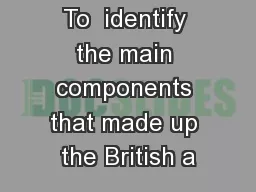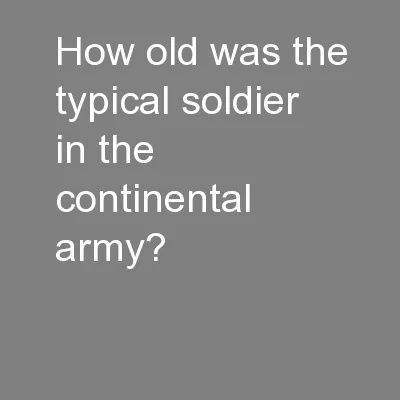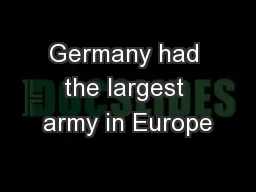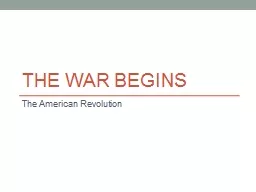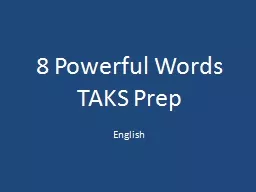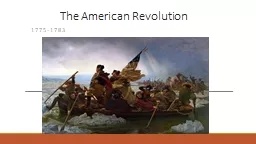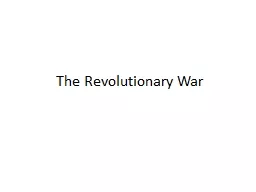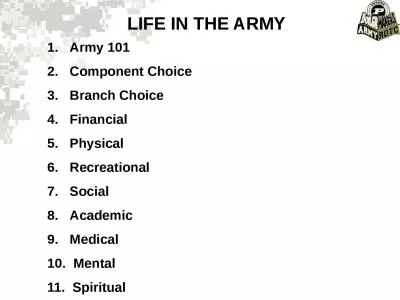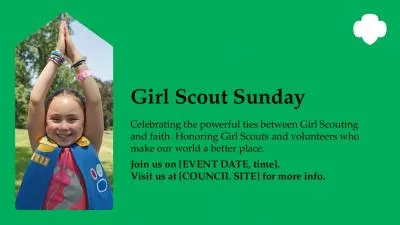PPT-British Army most powerful in world
Author : tatyana-admore | Published Date : 2018-09-24
Also wellequipped with weapons Revolutionary Armies The British Highly trained and disciplined for war on land or high seas Revolutionary Armies Americans shot
Presentation Embed Code
Download Presentation
Download Presentation The PPT/PDF document "British Army most powerful in world" is the property of its rightful owner. Permission is granted to download and print the materials on this website for personal, non-commercial use only, and to display it on your personal computer provided you do not modify the materials and that you retain all copyright notices contained in the materials. By downloading content from our website, you accept the terms of this agreement.
British Army most powerful in world: Transcript
Download Rules Of Document
"British Army most powerful in world"The content belongs to its owner. You may download and print it for personal use, without modification, and keep all copyright notices. By downloading, you agree to these terms.
Related Documents


